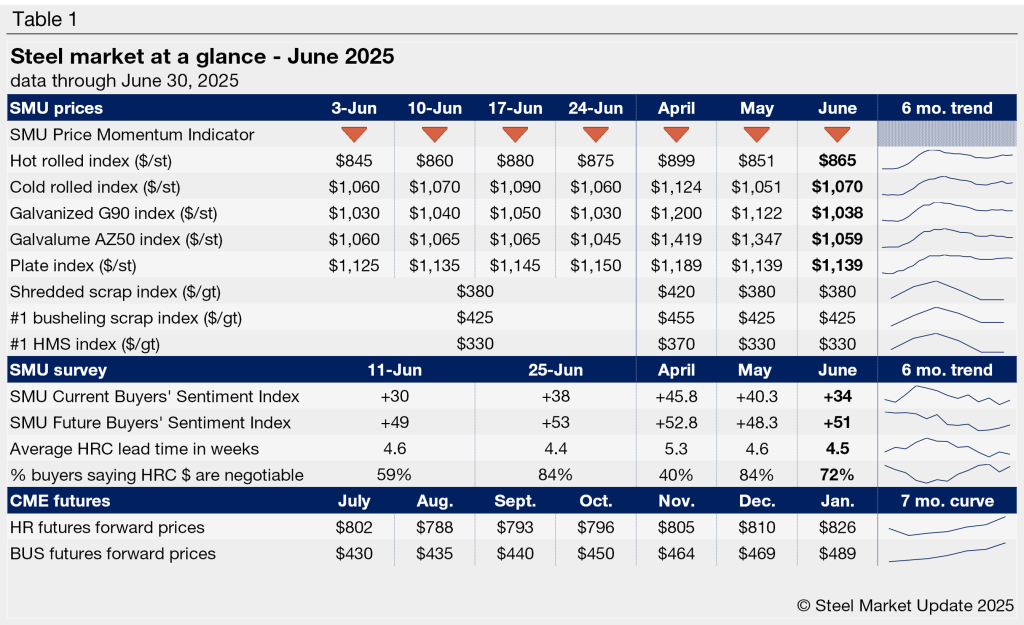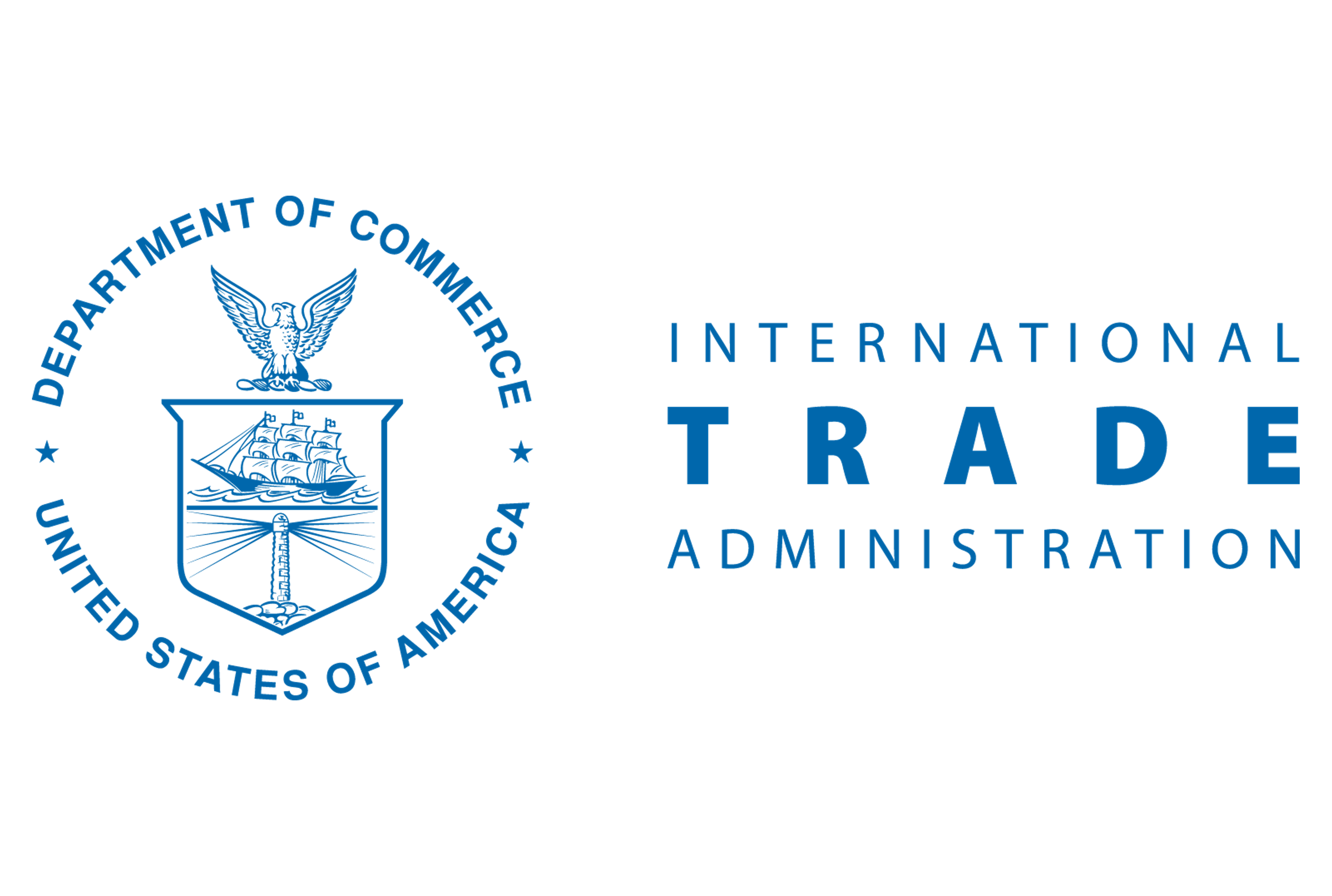Analysis

July 2, 2025
SMU's June at a glance
Written by David Schollaert
SMU’s Monthly Review provides a summary of our key steel market metrics for the previous month, with the latest data updated through June 30.
Steel prices continued to tick lower throughout June, though the rate of declines slowed halfway through the month. Overall, sheet and plate prices fell $48-$78 per short ton (st) across June.
SMU’s Price Momentum Indicator varied throughout the month. Moving from Lower to Neutral at the start of the month for both sheet and plate products, before shifting to Higher and then back to Neutral to close out June. The shifts came from a mill pricing blitz that saw some early response, before fizzling out due to poor underlying demand.
Steel scrap prices were flat from May to June due to flat-to-soft demand, ample supply, and sluggish exports. Early expectations for July point to a sideways or slightly weaker scrap market, with new import tariffs expected to have an impact.
Our Steel Buyers’ Sentiment Indices varied in early June, with Current Sentiment reaching a near five-year low and Future Sentiment recovering marginally after falling to a multi-year low. Both edged up to close out the month. Both Indices continue to reflect optimism among steel buyers regarding their companies’ chances of current and future success, although not as strongly as they did back in midway through Q1.
Mill lead times continued to shorten throughout June, with some production times falling to lows not seen in years. As of last week, the average lead time for hot-rolled steel was just over four weeks, cold-rolled and coated products around six weeks, and plate at just over five weeks. Most buyers expect lead times to be steady to down going into summer, citing softening demand and rising supply.
The percentage of buyers reporting that mills are willing to negotiate new spot order pricing slipped at the onset of June as mills tried to push prices higher backed by another round of “tariff-roulette,” sliding from almost 95% to about 60%. But nearly 85% of buyers in our late-June survey reported mills were flexible on price. Tariffs continue to have a recurring impact on prices, though mills might not have felt the upper hand in negotiations as they did earlier in Q1.
See the table below for other key May metrics (click here to expand). Historical monthly review tables can be found on our website.








